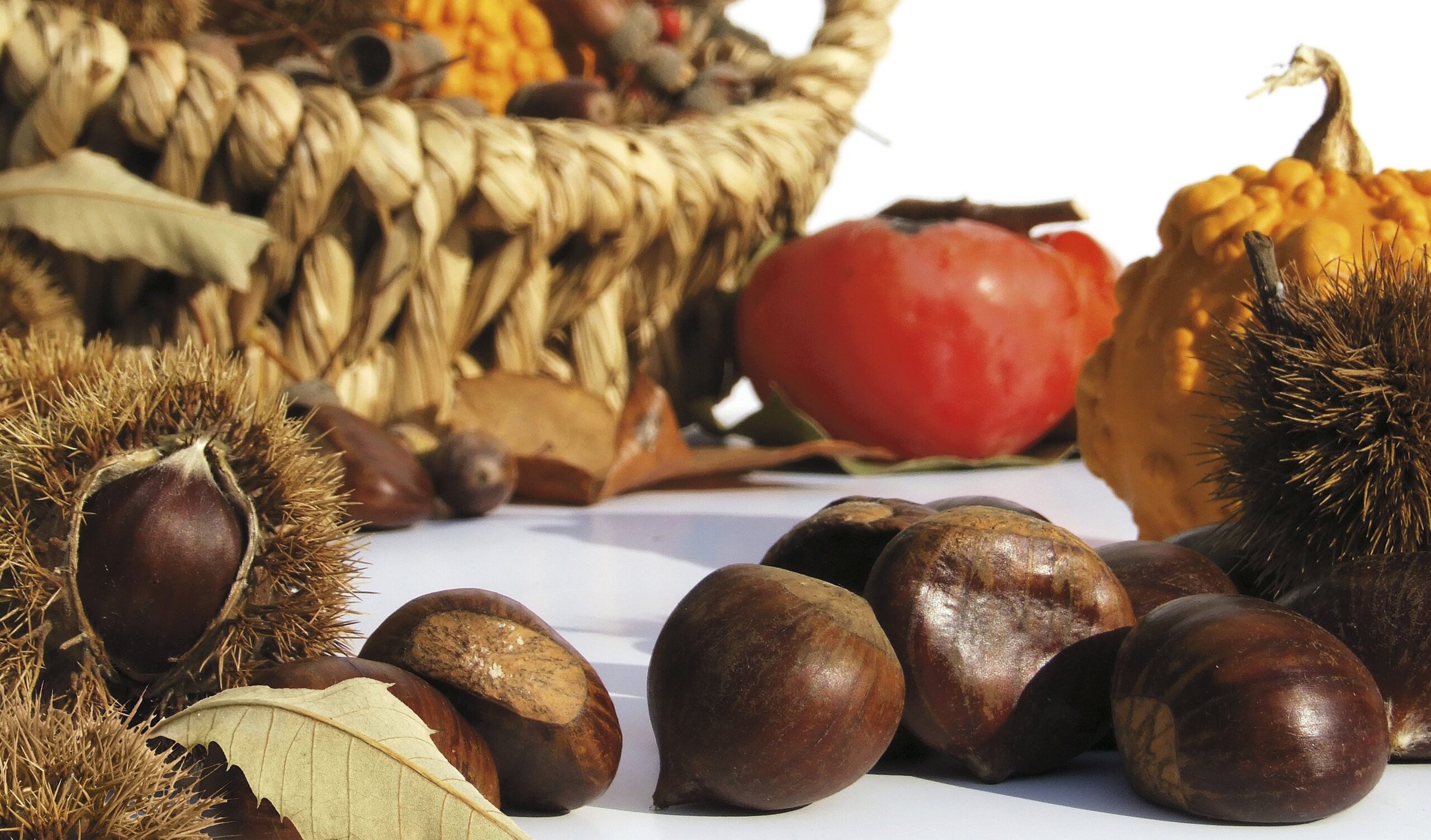Winter Food… Eat to fight the cold
Winter is a time of vegetative rest, but the vegetable gardens are anything but empty, and the seasonal produce is very tasty and less expensive. In these months we can see a real and wonderful explosion of predominant colours ranging from red to yellow-orange and brown. According to Chinese medicine, this period is associated with the earth, which must receive new nourishment to regain its strength and ensure future flowering. October is linked to the lungs and the large intestine, two organs of internal-external exchange and communication, as well as our skin. The main function of these organs is to conserve what we need and eliminate what is not useful. Let go of the superfluous…The winter months are the ideal period for a detoxifying and slimming diet. The winter diet should consist of mainly warm, sweet-tasting, moderately spicy, sour and salty foods to increase moisture and make you feel more nourished and grounded. But let’s not forget seasonal fruit and vegetables on our table. The most diet-friendly fruit par excellence is undoubtedly the pomegranate, an excellent ally for the diet, rich in antioxidants, in particular, its juice contains flavonoids, which are substances with excellent gastro-protective and anti-inflammatory properties, useful for protecting the heart and arteries. Apples are also excellent, as they have astringent properties.
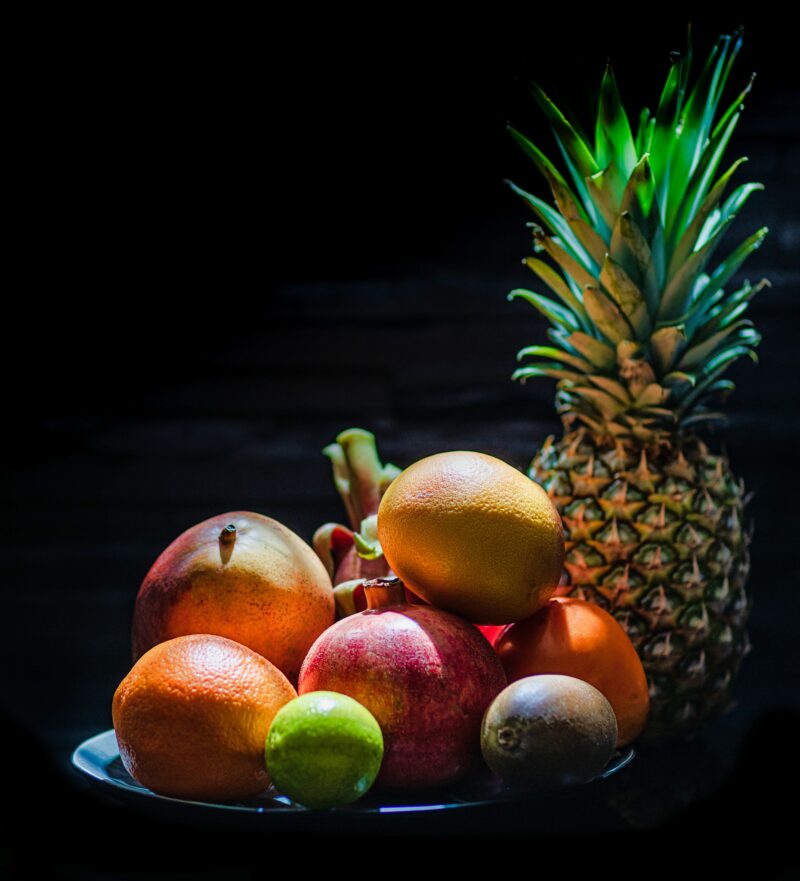
In December and January, the body needs to be warmed up with hot dishes, such as soups, stews and casseroles, which are the leading foods of winter because they are nutritious, easy to prepare and combat the cold like few other dishes. The combination, then, of warm cereals and legumes is ideal for healthy and antioxidant meals. The seasonal vegetables we can find in this period are beetroots, Swiss chard, broccoli, cabbages, cauliflowers, savoy cabbages, carrots, potatoes, fennels, celery, leeks, Jerusalem artichokes, cardoons, spinaches, pumpkins and winter salads, like radicchio, different varieties of chicory, endive, lettuce, rocket and lamb’s lettuce that can withstand the cold. Even though salads are a dish reminiscent of summer, there are some typical winter varieties made with products typical of the cold season.
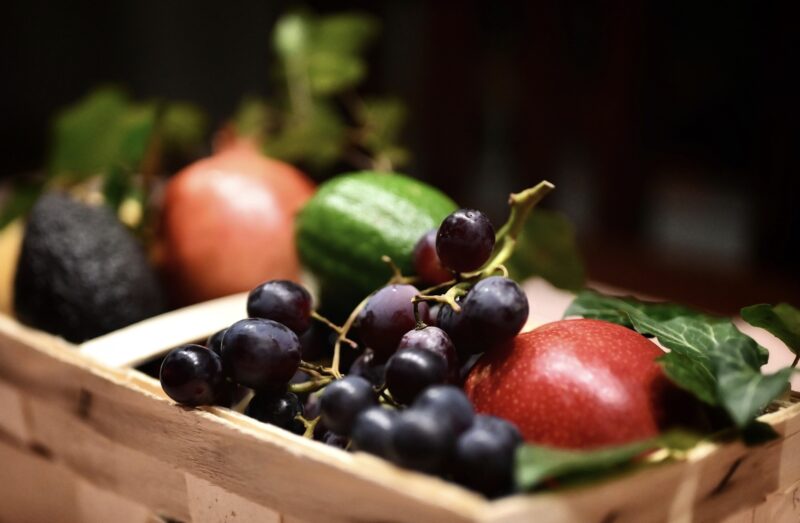
When the cold weather hits, all seasonal fruit is a prime source of vitamin C, especially citrus fruits. In addition to pomegranates and apples, there are also other very valuable products such as pears, grapes, oranges, tangerines, grapefruits, lemons, citrons and kiwis. A tip I always give my clients is to eat raw vegetables at lunchtime, as they are more draining and activate the metabolism, and cook vegetables at dinner, to avoid excessive diuresis. Don’t forget dried fruit such as walnuts, almonds and hazelnuts, which are rich in zinc and vitamin E, very useful for strengthening the immune system and protecting the skin from the cold. Be careful not to overdo it, however, as they are very high in calories. Spices and winter seasonings such as turmeric, ginger and chilli pepper help raise body temperature and stimulate metabolism.
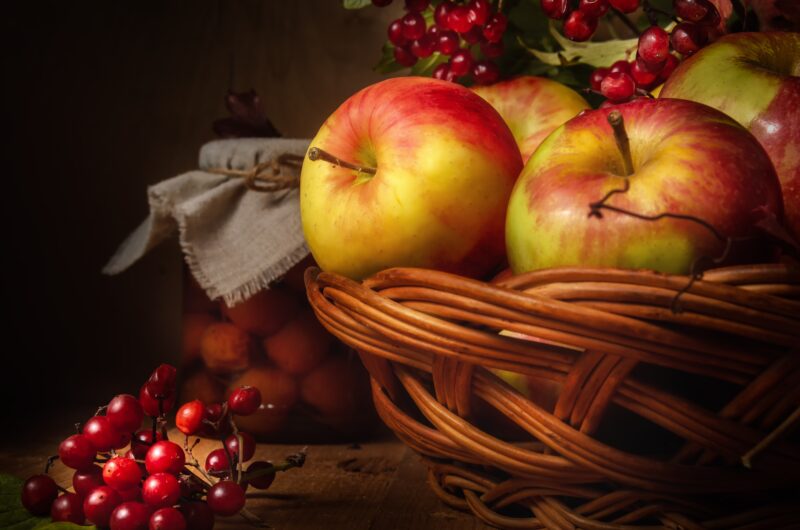
No drastic diets, as diets too low in calories and fat are not recommended in winter as they would slow down the ability to regulate body temperature and also weaken the immune system. Whole-grain carbohydrates, rich in fibre and B vitamins and with a low glycaemic index, are preferable. As far as proteins are concerned, we can choose lean white and red meat and oily fish, rich in omega 3. Cheese should be eaten no more than twice a week.
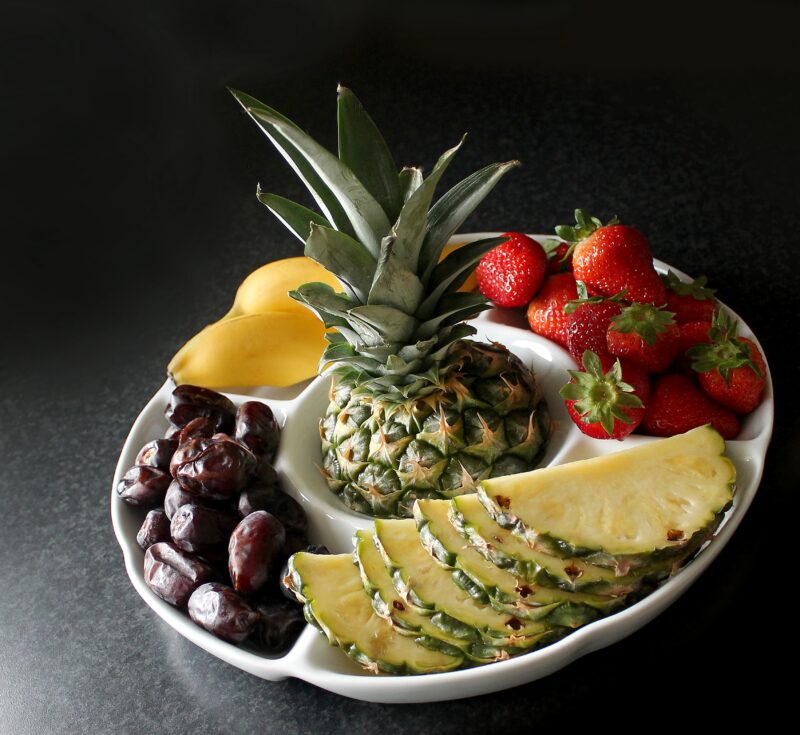
Even in winter, it is very important to drink, to favour the hydration of the body and at the same time improve the digestive functions, fostering relaxation or, on the contrary, giving new energy to our organism. Herbal teas or infusions are a great way to hydrate and can be taken in the morning, after meals or at night before going to bed. A chance to pamper yourself a little.
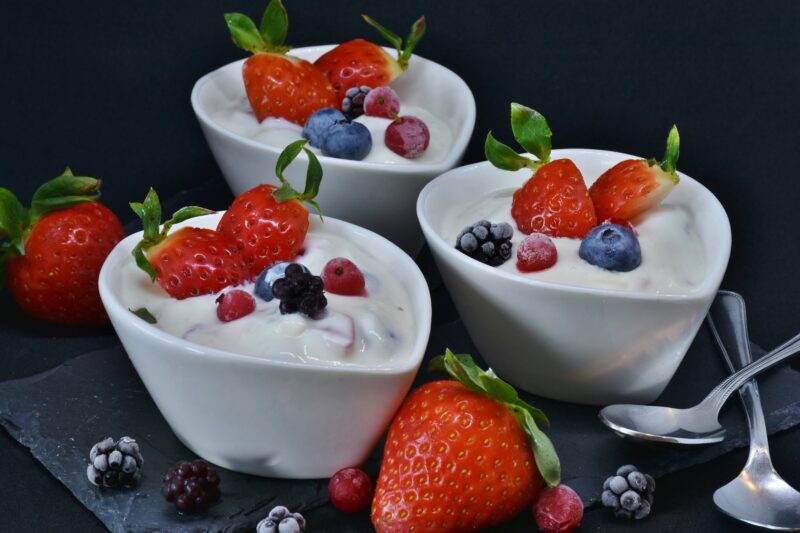
Article edit by
Ilaria Chionetti Pininfarina



